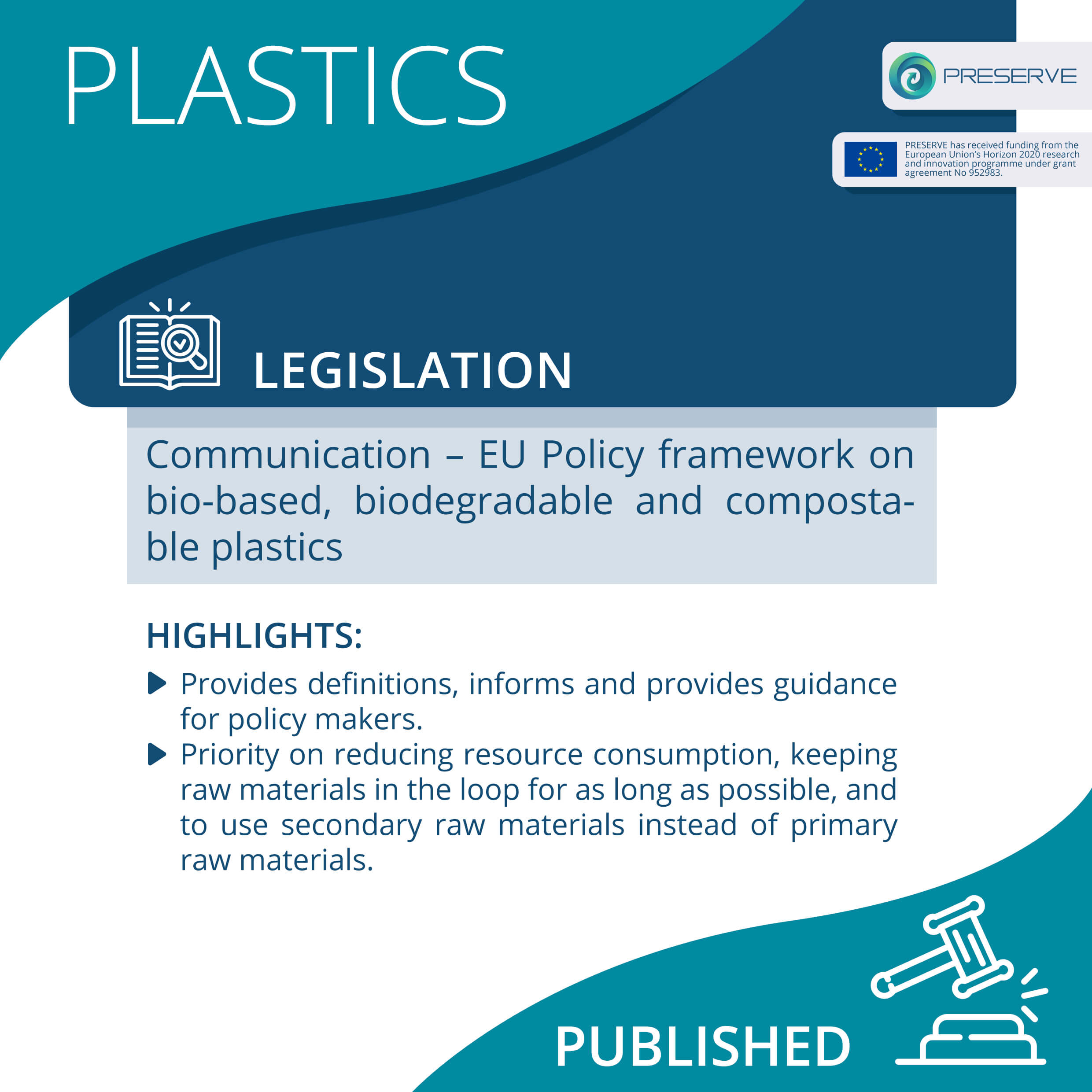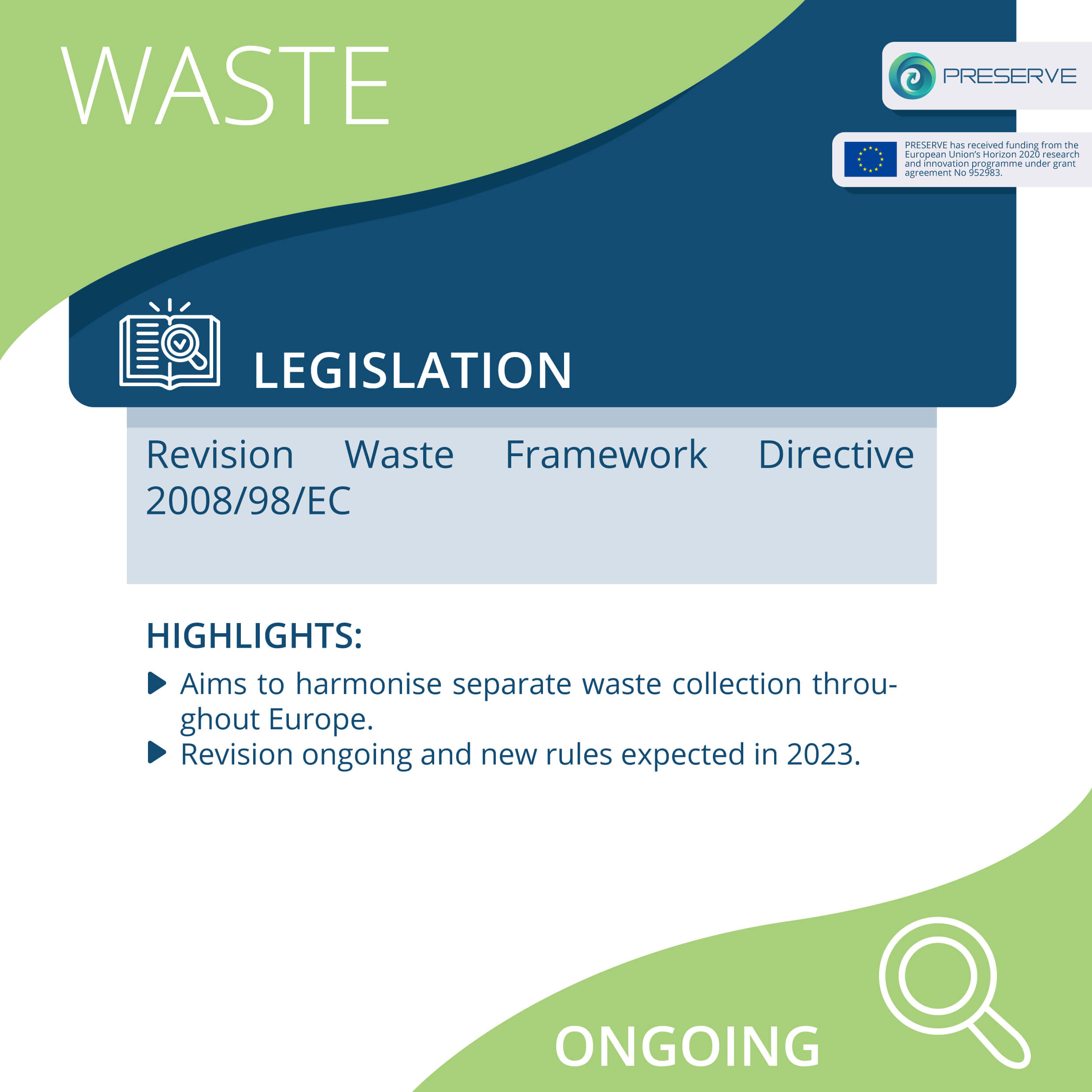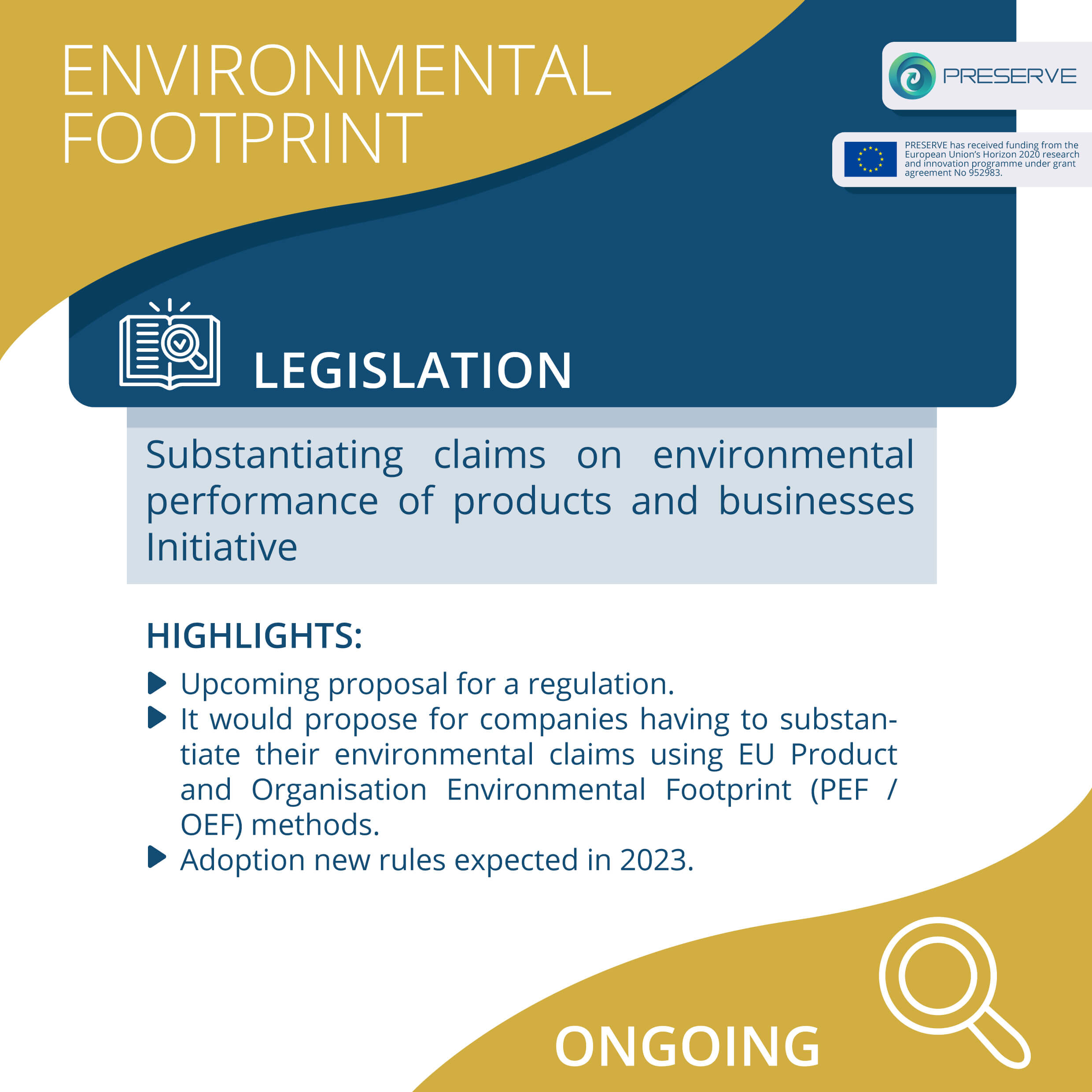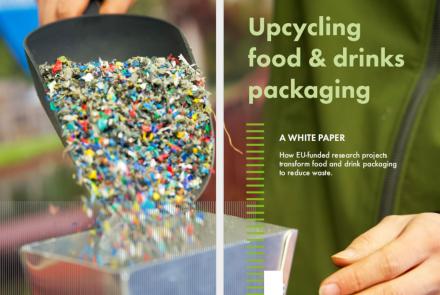8 EU-Packaging regulations to keep an eye on
Food packaging is a crucial part of the food industry, and it needs to comply with many strict requirements at the EU level. European Bioplastics has summarised all the legislation and upcoming revisions to be observed to have packaging on the market.
Plastics
Fossil-based materials must be reduced: we need more circularity, and avoid all harmful microplastics.


Packaging and packaging waste regulation
The EU Packaging and Packaging Waste Regulation defines the essential requirements for packaging design and composition and sets out packaging collection and recycling targets. It aims to improve the environmental performance of packaging, reduce packaging waste and protect the free circulation of packaging in the EU Single Market.
EU rules on packaging and packaging waste cover both packaging design and packaging waste management. They aim to deal with the increasing quantities of packaging waste, which causes environmental problems. They also aim to remove barriers in the internal market – caused by EU countries adopting different rules on packaging design.

Waste
The current waste framework directive is being reviewed, and the objective is to harmonise separate waste collection in Europe. A proposal for all types of waste, including food packaging, is under discussion to ensure the environmental sustainability of all the materials throughout the life cycle of the package.

Food Contact Materials
Recycled plastics and materials in contact with food are strictly regulated to avoid harmful components being transferred to food. Food Contact Materials rules (set in 2011) are now under revision. The aim is to ensure that all materials in contact with food are safe and do not pose a risk to human health.


Sustainable products
Ecodesign is contributing to promoting better environmental performance of products. The EU aims to introduce sustainability in all the phases of a product and proposes a digital passport including info on every product. This initiative will require companies to substantiate claims they make about the environmental footprint of their products by using standard methods. The aim is to make the claims reliable, comparable and verifiable, reducing greenwashing.

Environmental footprint
Food packaging is extremely difficult to recycle, and the EU is taking steps to ensure that all packaging is reusable or recyclable in an economically viable way by 2030. The EU is also introducing sustainability in all the phases of a product and proposing a digital passport including info on every product. Companies will be required to substantiate claims they make about the environmental footprint of their products by using standard methods. The aim is to make the claims reliable, comparable and verifiable, reducing greenwashing.

You can download the one-page PDF of the regulations here.







